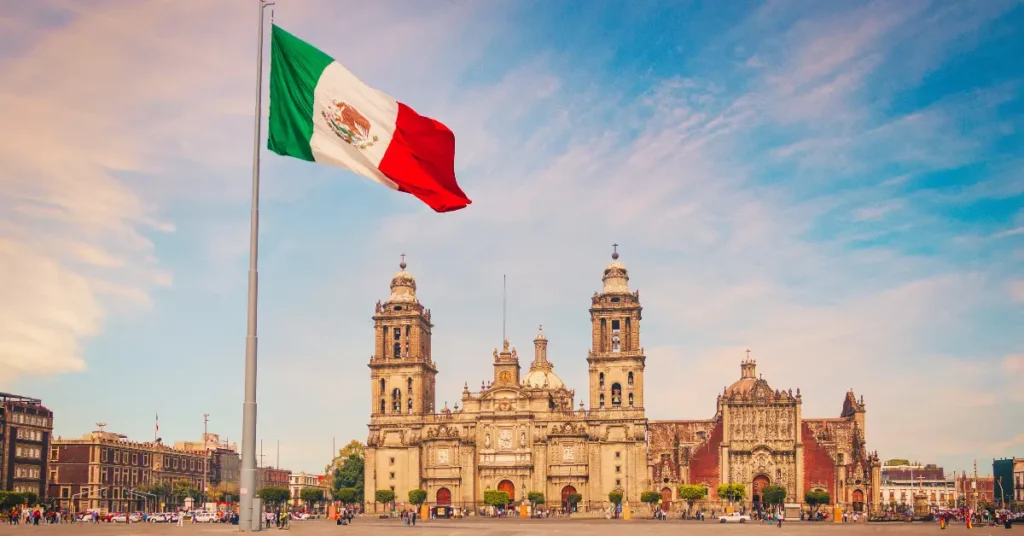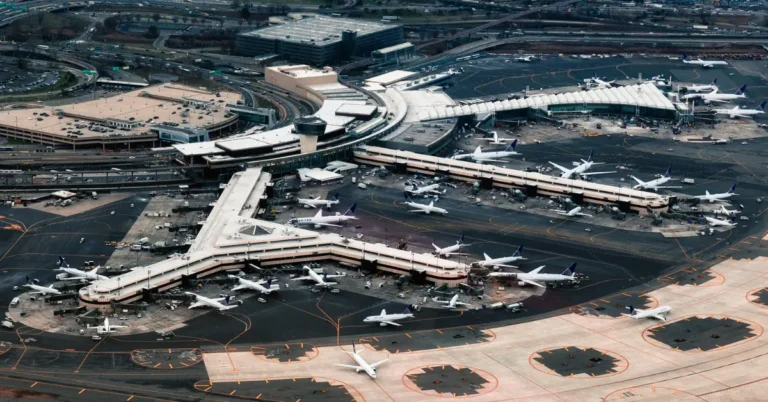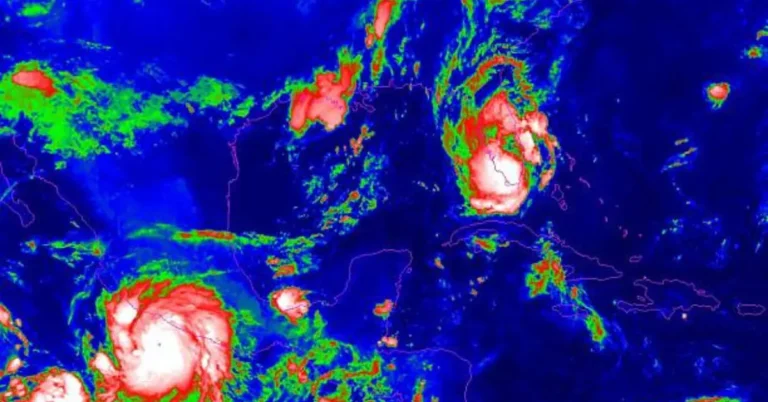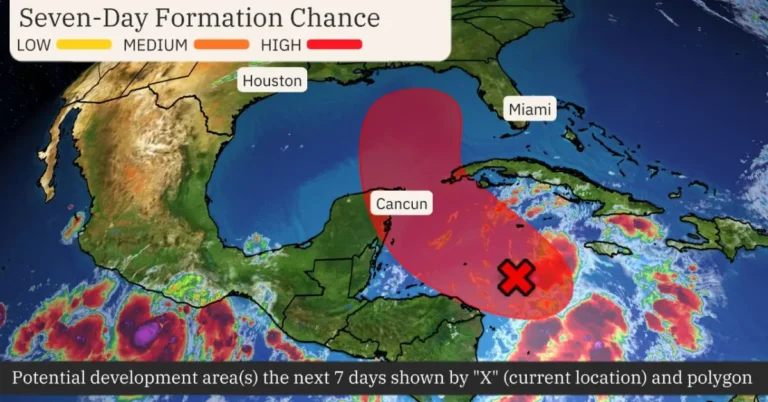The U.S. State Department's latest Mexico travel advisory urges caution, with six states flagged as "Do Not Travel" zones due to crime and kidnapping. While popular tourist areas remain accessible, vigilance is advised.

Sun-kissed beaches, ancient ruins whispering stories of lost civilizations, a vibrant tapestry of culture and cuisine… Mexico’s allure is undeniable.
But beneath the postcard-perfect image lies a complex reality. Recent news of cartel violence and kidnappings has cast a shadow over this beloved tourist destination.
The U.S. State Department’s updated travel alerts only add to the unease, painting a stark picture of risk in certain regions.
So, is a trip to Mexico still worth it? Can you navigate the safety concerns and still enjoy the magic this country offers?
Let’s unpack the latest advisories, explore the risks, and empower you to make informed choices for your Mexican adventure.
Decoding the U.S. State Department Travel Advisories
The U.S. State Department’s travel advisories act as a compass for travelers, guiding them through the potential pitfalls of international destinations.
Their four-tiered system ranges from Level 1 (“Exercise Normal Precautions”) to Level 4 (“Do Not Travel”), with each level corresponding to a specific degree of risk.
Mexico currently holds a Level 2 advisory overall, signifying the need for increased caution due to widespread violent crime.
However, several states have been flagged with more severe warnings, highlighting the localized nature of the safety concerns.
It’s crucial to remember that the U.S. government’s capacity to provide emergency assistance in many parts of Mexico is limited.
Local law enforcement and emergency services might also be strained, especially outside major cities.
Hence, heeding these advisories isn’t just prudent—it’s potentially life-saving.
Also Read: Discover Colorado’s Spectacular Fall Colors Beyond the Golden Aspens
Mexico’s “No-Go Zones”: Where Caution Turns Critical
Six Mexican states currently bear the ominous “Do Not Travel” label: Colima, Guerrero, Michoacán, Sinaloa, Tamaulipas, and Zacatecas.
These regions are grappling with deeply entrenched organized crime, rampant violence, and a high risk of kidnapping.
- In Colima and Tamaulipas, cartel clashes, gun battles, and kidnappings are tragically commonplace.
- Guerrero, once a haven for sun-seekers, is now overshadowed by the presence of armed groups and a pervasive sense of lawlessness.
- Michoacán and Sinaloa, strongholds of powerful cartels, witness frequent and often deadly turf wars.
- Zacatecas has become a battleground for rival cartels, leading to a surge in violence and a heightened risk of kidnapping.
While these states undoubtedly possess unique beauty and cultural richness, the current security situation makes them off-limits for responsible travel.
Also Read: The Vaccines Travelers Must Have to Stay Safe in 2024
States to Reconsider: Tread Carefully
Seven other states fall into the “Reconsider Travel” category: Baja California, Chiapas, Chihuahua, Guanajuato, Jalisco, Morelos, and Sonora.
These regions, while not as volatile as the “no-go zones,” still harbor significant risks.
- Baja California, particularly Tijuana’s non-tourist areas, experiences a high rate of homicides linked to organized crime.
- Chiapas and Sonora, situated along key drug and human trafficking routes, face elevated levels of violence and kidnapping risks.
- Chihuahua, Guanajuato, and Jalisco are marred by gang violence and territorial disputes, which can occasionally spill into tourist areas.
- Morelos has witnessed an alarming increase in violent crime and gang activity in recent years.
If you’re contemplating a trip to any of these states, exercise extreme caution, conduct thorough research, and consider safer alternatives within Mexico.
Also Read: XEC Covid Variant on the Rise: Will it Derail Your Travel Plans?
Proceed with Caution: Vigilance is Key
Most Mexican states, including popular tourist magnets like Cancun, fall under the “Exercise Increased Caution” advisory.
While these areas are generally safer, vigilance remains paramount.
- Consider purchasing comprehensive travel insurance that covers medical emergencies, trip cancellations, and other unforeseen events.
- Petty theft and tourist scams are prevalent, even in well-trodden areas.
- Violent crime, though less frequent, can still occur.
- In vibrant nightlife hubs like Cancun, Playa del Carmen, and Tulum, exercise heightened caution after dark and stick to well-lit, populated areas.
By adhering to basic safety practices—like using toll roads, avoiding driving at night, and not flaunting valuables—you can significantly mitigate risks and enjoy a worry-free vacation.
Also Read: Tourists Stumble Upon World’s Smallest Chameleon in Madagascar Rainforest
Mexico’s Safer Havens: Tranquility Awaits
Amidst the cautionary tales, two Mexican states stand out as oases of relative calm: Campeche and Yucatan.
Here, the U.S. State Department advises travelers to exercise normal precautions, allowing you to immerse yourself in Mexico’s beauty without undue worry.
From the awe-inspiring Mayan ruins of Chichen Itza and Uxmal to the vibrant colonial charm of Merida, these states offer a wealth of experiences for the discerning traveler.
If safety is a top priority, consider these destinations as your gateway to Mexico’s wonders.
Also Read: $60K Rolex Heist at Miami Airport: A Cautionary Tale for Travelers
Making Informed Decisions: Your Passport to Safety
Before packing your bags for Mexico, arm yourself with knowledge:
- Consult the official U.S. State Department travel advisory page for the most up-to-date information and detailed regional assessments.
- Enroll in the Smart Traveler Enrollment Program (STEP) to receive timely alerts and facilitate communication with the U.S. Embassy in case of an emergency.
- Consider purchasing comprehensive travel insurance that covers medical emergencies, trip cancellations, and other unforeseen events.
Remember, informed travelers are empowered travelers. By staying informed, exercising caution, and making responsible choices, you can navigate Mexico’s complexities and create unforgettable memories in this captivating country.
Safe travels!










